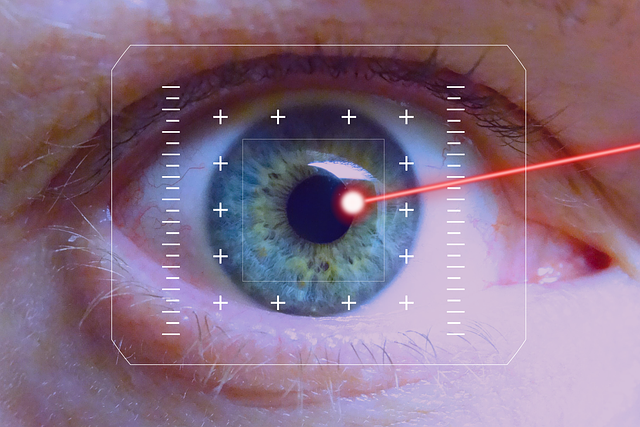I posted this question that was bothering me when I read that they found a galaxy at about 13 billion light years away. My understanding of that statement is: At distance of 13 billion light years, there was a galaxy 13 billion years ago, so that we can see the light from it now. Wouldn’t that mean that the universe is at least 26 billion years old? It must have taken the galaxy about 13 billion years to reach where it appears to be, and the light from it must take another 13 billion years to reach us.
In answering my question, Martin and Swansont (who I assume are academic phycisists) point out my misconceptions and essentially ask me to learn more. All shall be answered when I’m assimilated, it would appear! 🙂
This debate is published as a prelude to my post on the Big Bang theory, coming up in a day or two.
Universe – Size and Age
I was reading a post in http://www.space.com/ stating that they found a galaxy at about 13 billion light years away. I am trying to figure out what that statement means. To me, it means that 13 billion years ago, this galaxy was where we see it now. Isn’t that what 13b LY away means? If so, wouldn’t that mean that the universe has to be at least 26 billion years old? I mean, the whole universe started from one singular point; how could this galaxy be where it was 13 billion years ago unless it had at least 13 billion years to get there? (Ignoring the inflationary phase for the moment…) I have heard people explain that the space itself is expanding. What the heck does that mean? Isn’t it just a fancier way of saying that the speed of light was smaller some time ago?
|
Quote:
Ignoring all the rest, how would this mean the universe is 26 billion years old? Quote:
The speed of light is an inherent part of atomic structure, in the fine structure constant (alpha). If c was changing, then the patterns of atomic spectra would have to change. There hasn’t been any confirmed data that shows that alpha has changed (there has been the occasional paper claiming it, but you need someone to repeat the measurements), and the rest is all consistent with no change. |
To confirm or reinforce what swansont said, there are speculation and some fringe or nonstandard cosmologies that involve c changing over time (or alpha changing over time), but the changing constants thing just gets more and more ruled out.I’ve been watching for over 5 years and the more people look and study evidence the LESS likely it seems that there is any change. They rule it out more and more accurately with their data.So it is probably best to ignore the “varying speed of light” cosmologies until one is thoroughly familiar with standard mainstream cosmology.You have misconceptions Mowgli
Also the “big bang” model doesn’t look like an explosion of matter whizzing away from some point. It shouldn’t be imagined like that. The best article explaining common mistakes people have is this Lineweaver and Davis thing in Sci Am. I think it was Jan or Feb 2005 but I could be a year off. Google it. Get it from your local library or find it online. Best advice I can give. |
To swansont on why I thought 13 b LY implied an age of 26 b years:When you say that there is a galaxy at 13 b LY away, I understand it to mean that 13 billion years ago my time, the galaxy was at the point where I see it now (which is 13 b LY away from me). Knowing that everything started from the same point, it must have taken the galaxy at least 13 b years to get where it was 13 b years ago. So 13+13. I’m sure I must be wrong.To Martin: You are right, I need to learn quite a bit more about cosmology. But a couple of things you mentioned surprise me — how do we observe stuff that is receding from as FTL? I mean, wouldn’t the relativistic Doppler shift formula give imaginary 1+z? And the stuff beyond 14 b LY away – are they “outside” the universe?I will certainly look up and read the authors you mentioned. Thanks.
|
Quote:
That would depend on how you do your calibration. Looking only at a Doppler shift and ignoring all the other factors, if you know that speed correlates with distance, you get a certain redshift and you would probably calibrate that to mean 13b LY if that was the actual distance. That light would be 13b years old. But as Martin has pointed out, space is expanding; the cosmological redshift is different from the Doppler shift. Because the intervening space has expanded, AFAIK the light that gets to us from a galaxy 13b LY away is not as old, because it was closer when the light was emitted. I would think that all of this is taken into account in the measurements, so that when a distance is given to the galaxy, it’s the actual distance. |
Quote:
This post has 5 or 6 links to that Sci Am article by Lineweaver and Davis http://scienceforums.net/forum/showt…965#post142965 It is post #65 on the Astronomy links sticky thread It turns out the article was in the March 2005 issue. I think it’s comparatively easy to read—well written. So it should help. When you’ve read the Sci Am article, ask more questions—your questions might be fun to try and answer:-) |

 . Distance (or length of A) can be defined as
. Distance (or length of A) can be defined as  .
. .
.
